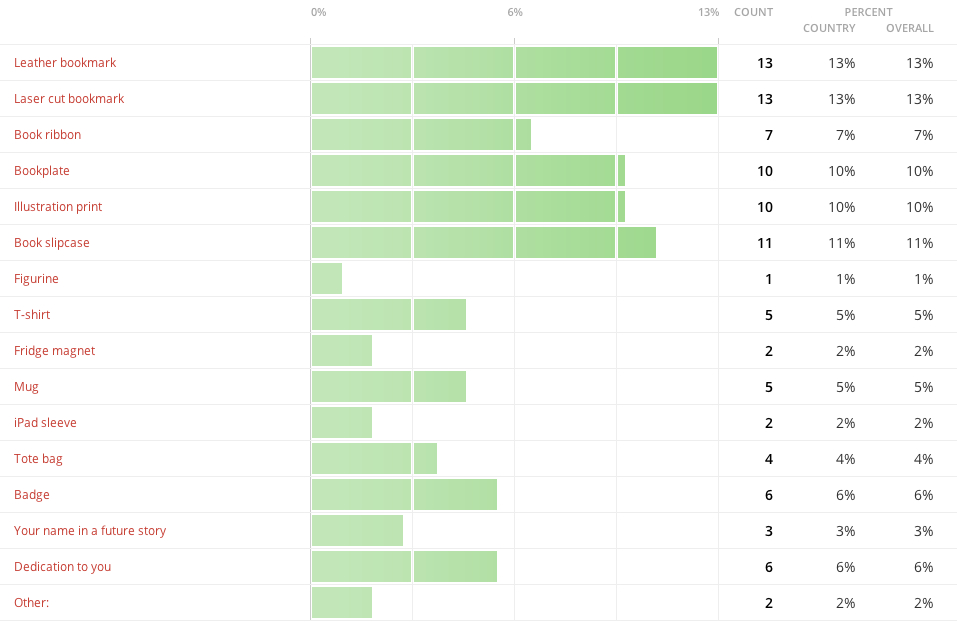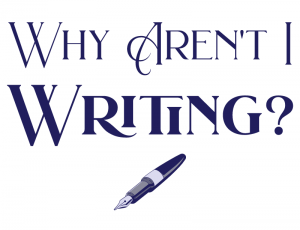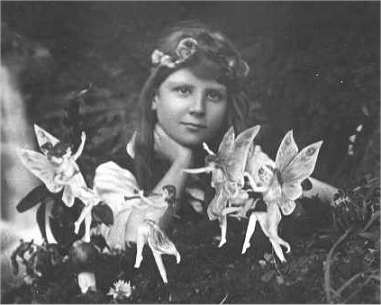
The Cottingley Faeries
Faeries. Fairies. The Fay. The Fae. The Tylwyth Teg. Pixies. Piskies. Pizkies. Pigsies. The Tuatha Dé Danann. Brownies. Titania and Oberon. The Fair Folk. The Wee Folk. The Good Folk. There are, it seems, a boatload of different species of faerie, not to mention a multiplicity of spellings. Had he ever made the attempt, their classification would have been enough to keep Carl Linnaeus occupied for years.
Some fairies are depicted as tiny supernatural beings with butterfly wings, as in the famous Cottingley Fairies, a series of five hoax photographs produced by Elsie Wright and Frances Griffiths in 1917 which fooled many people, including Sir Arthur Conan Doyle. But faeries have also been described as tall and angelic, or short and trollish, their more child-like aspect being a Victorian romanticisation of earlier folklore (according to Wikipedia at least).
Then you’ve got faerie politics and social structures, which I’m sure there’s a PhD in for the soul brave enough to tackle it. Some faeries are kind and good, others mean and malicious, depending on whether they belong to the Seelie Court or the Unseelie Court. Or they can be Trooping, living in groups and travelling in long processions, or Solitary, who live alone and apparently tend to be malicious, except for Brownies who could be called Domesticated rather than Solitary as they like doing household chores.
When I realised that Queen of the May involved faeries, it did present a bit of a problem. Were mine faeries or fairies? Were they Seelie or Unseelie? Trooping, Solitary or Domesticated? Child-like or adult? Malicious or kind? Wings or no wings? Tall or short?
Clearly I needed to do some research, but the more I read the more I realised that there isn’t really one set of faerie lore, but many. And what’s worse, over time those different traditions have intermingled and evolved to create a complicated and often self-contradictory mythology that frequently fails to hold itself together coherently. Instead, I decided to take my cue from the creator of my favourite faeries, Terry Pratchett.
In Lords And Ladies, Pratchett toys with A Midsummer Night’s Dream and although he calls his faeries elves they share characteristics, eg they hate iron and live in Fairlyand, a world parallel to our own that they can cross over from only in soft places. Elves originated in Germanic folklore and became conflated with faeries in the Elizabethan era, according to Wikipedia and so Pratchett is using ‘elf’ as a synonym for faerie. His elves are vicious, cruel and parasitic, incapable of either breeding or being nice.
My own faeries turned out to be a cross between Pratchett’s elves and Duran Duran, but with an alarming inability to comprehend germ theory. They too can’t procreate, not without significant magic, the kind that only the Queen can wield, but as they are nigh-on immortal they don’t really care. They’re selfish, shallow, vapid and cruel, and more than happy to steal humans to use as servants. They can access the soft places between our world and theirs, but our increasing use of iron and steel has fenced them in and it has become harder and harder for them to enter the human world proper. They use glamours, enchantment and hexes to mould the world around them into something that they find pleasing, being far too lazy to do anything themselves.
As I said in February last year, I often feel more like an ethnographer than a writer as I try to figure out the kind of society my faeries live in, how their magic works and whether or not time passes faster or slower in Faerie than in our world. (Turns out that, as these particular faeries live in the borderlands, time passes at the same rate there as here, but the deeper into Faerie you get, the faster time passes. That probably explains why they never bothered to invent watches or time zones.)
I’m not yet done with the ethnography of faeries, however, as a sequel is already starting to ferment in the back of my mind.
Read the first chapter of Queen of the May.
 from my bookstore for £2.49, or get it for just 99p if you join my mailing list.
from my bookstore for £2.49, or get it for just 99p if you join my mailing list.
{ Comments on this entry are closed }
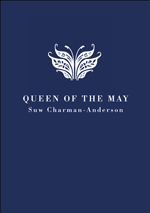

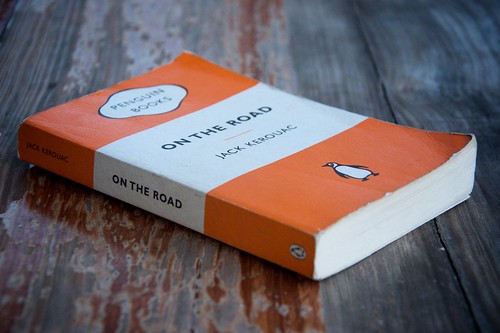
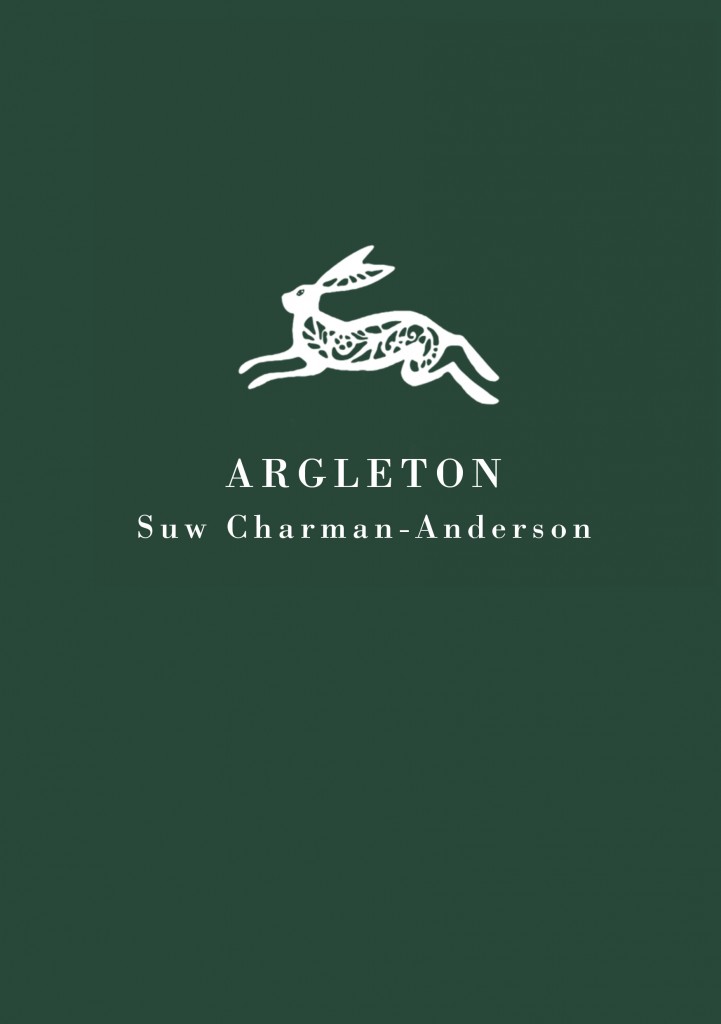
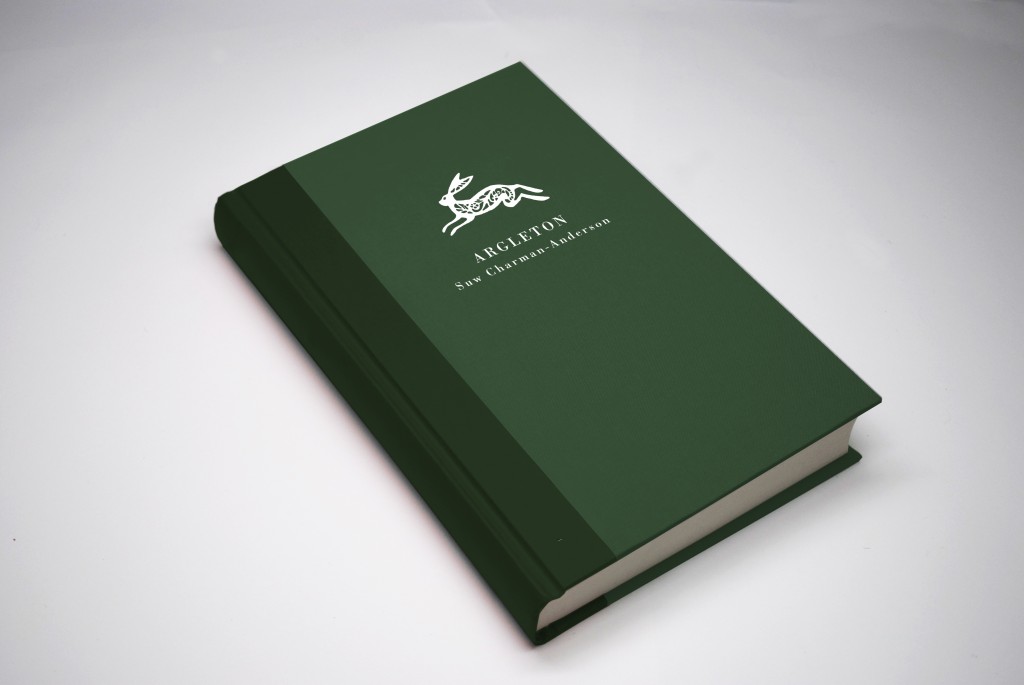
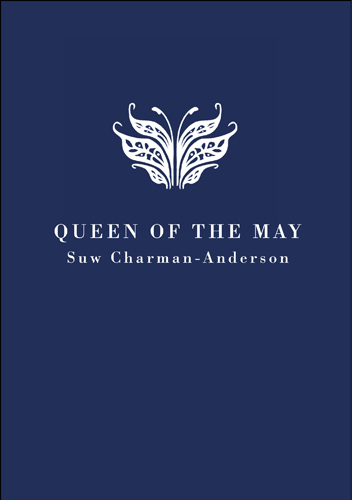
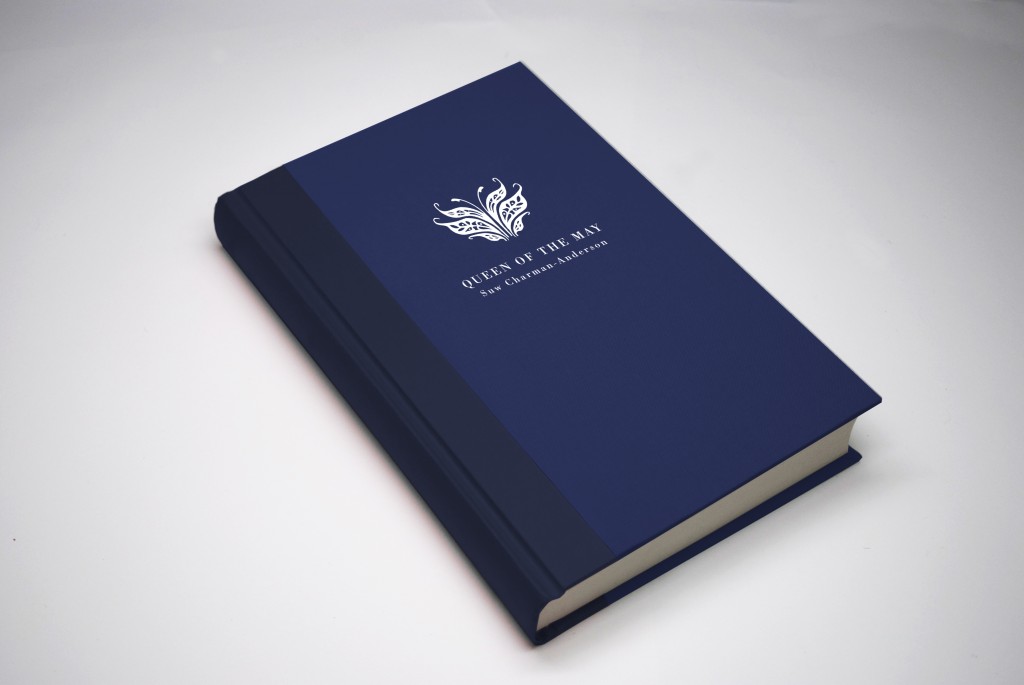

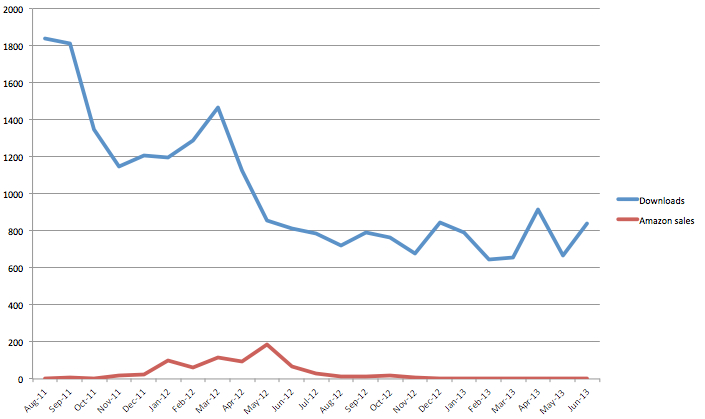
 I have been invited to read an extract from my upcoming novella, Queen of the May, at the
I have been invited to read an extract from my upcoming novella, Queen of the May, at the 